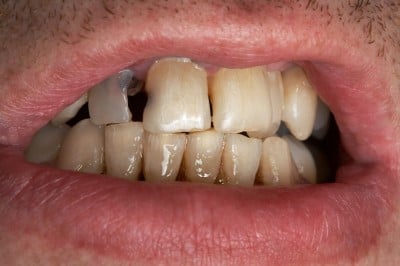Rates of decay worryingly high in Bangladesh

A recent study has confirmed that rates of tooth decay are alarmingly high in some areas of Bangladesh.
The study found that decay was prevalent amongst children who lived in rural areas of the country and were aged between 8 and 15. The study found that 68.16 percent of children living in rural Sitakunda had dental cavities. The figures also confirmed that poorer children were more likely to suffer from untreated decay.
The study was carried out by medical students from Chittagong Medical College and involved 380 local children. The survey found that the majority of children cleaned their teeth before their main meal; however, only 56.32 percent of participants used a toothbrush to brush their teeth. Seven percent of children involved in the study still used traditional methods, including tree bark, to clean their teeth.
Almost half of the children involved in the study had not received dental treatment in the past and there was a widespread lack of understanding of the importance of oral health and oral hygiene.
The results of the study will be used to identify problem areas and find suitable solutions and schemes to try and improve the situation. The study found that rates of decay were highest amongst younger participants, which may reflect trends in other countries across the world which confirm an increase in the number of young children suffering from tooth decay. Dentists and dental experts blame the prevalence of tooth decay on a poor diet and a lack of regular dental visits, which may be caused by rising costs. Nowadays, children are eating and drinking sugary and acidic foods, which damage the protective enamel surfaces of the teeth.
Join this Discussion









